Nickel rod?
Or do you only weld MIG?
Seems stick welding is a lost art..
We do all out cage/side irons with stick..
MIG only the body..
Or do you only weld MIG?
Seems stick welding is a lost art..
We do all out cage/side irons with stick..
MIG only the body..

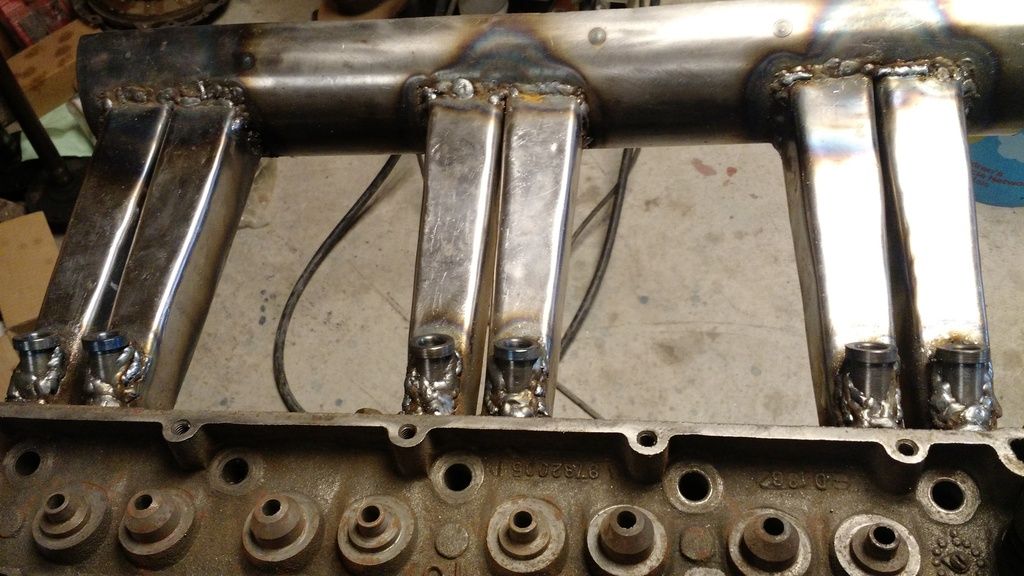
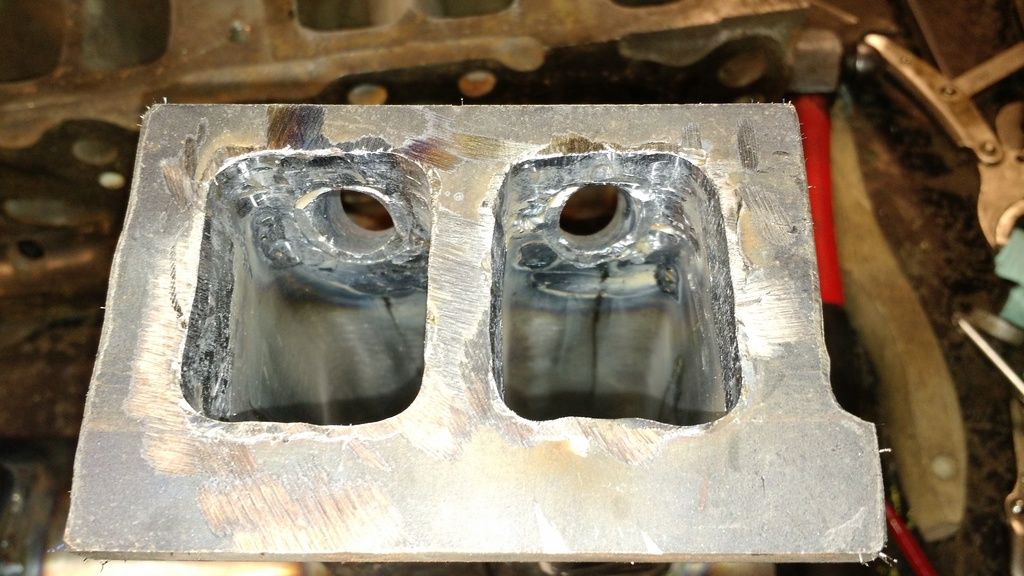
 I bought three sets worth of steel injector bungs figuring this intake would be my learning curve.
I bought three sets worth of steel injector bungs figuring this intake would be my learning curve.

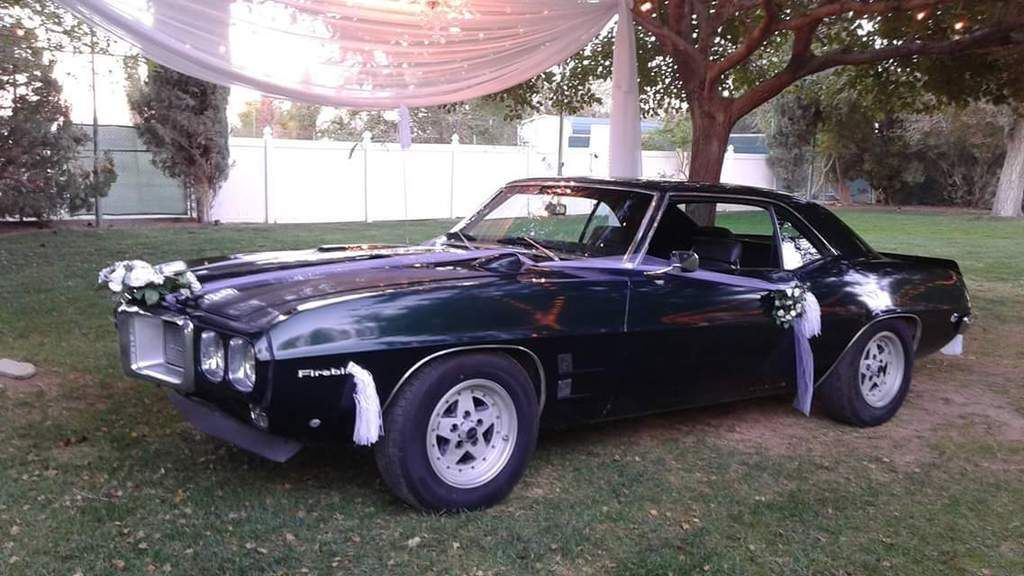
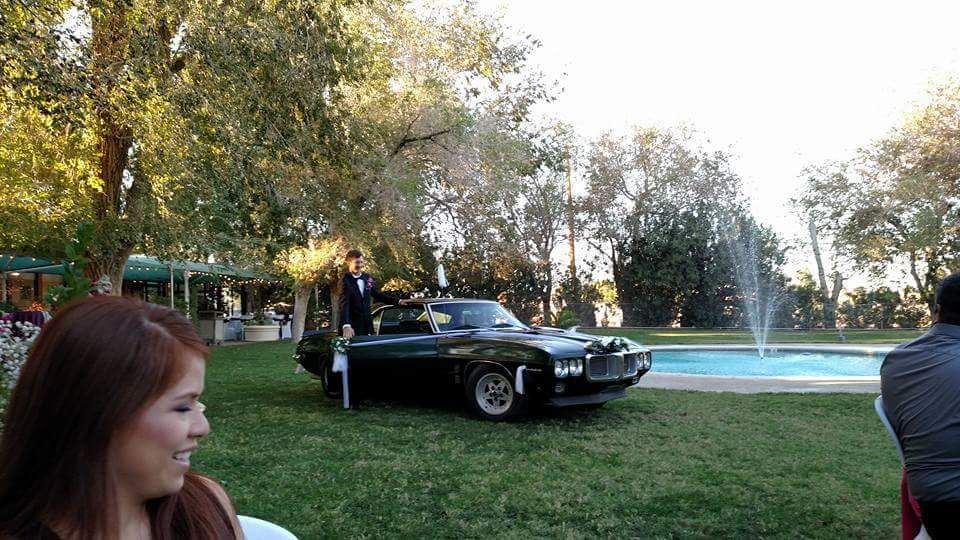

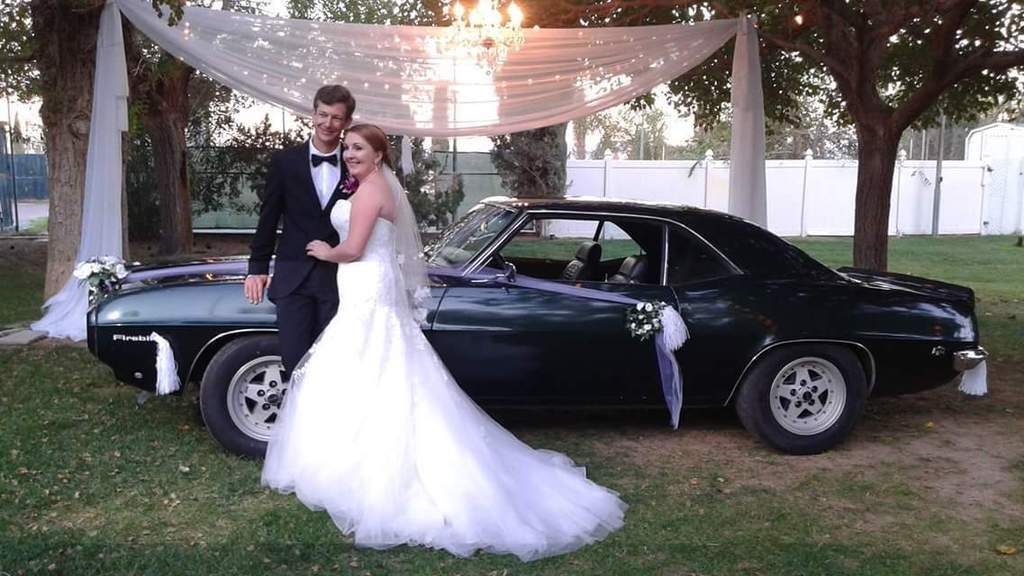
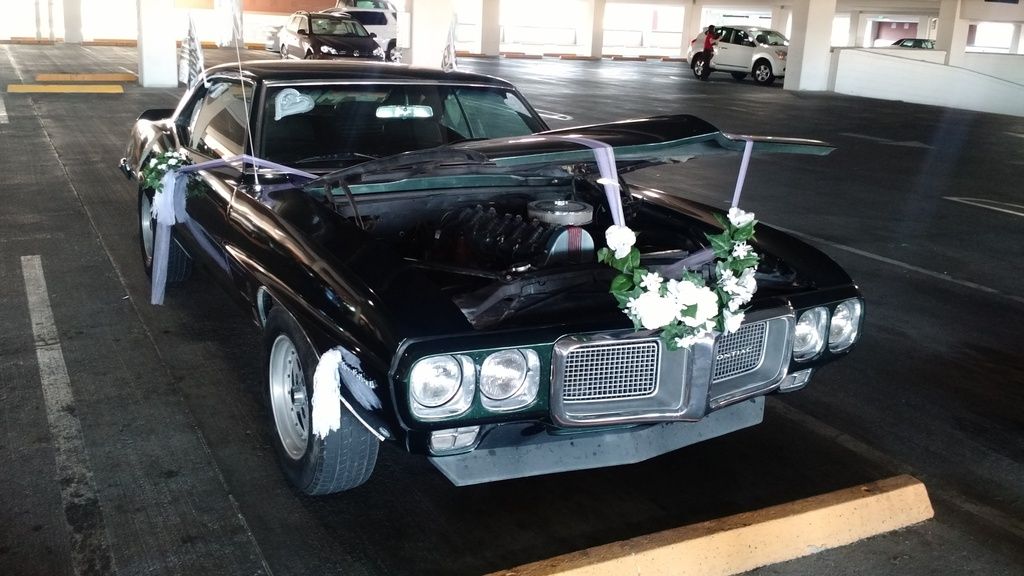
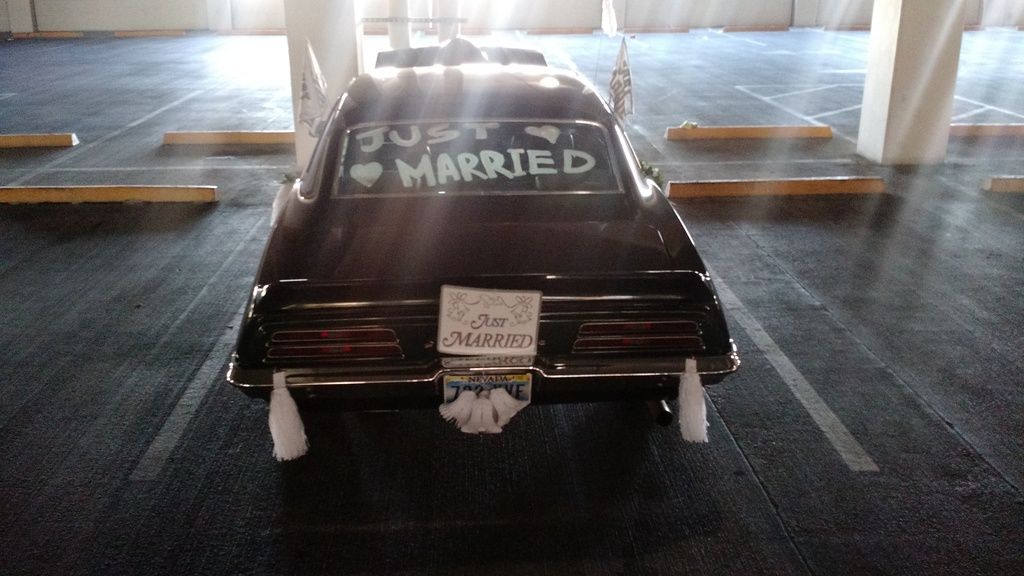
Comment